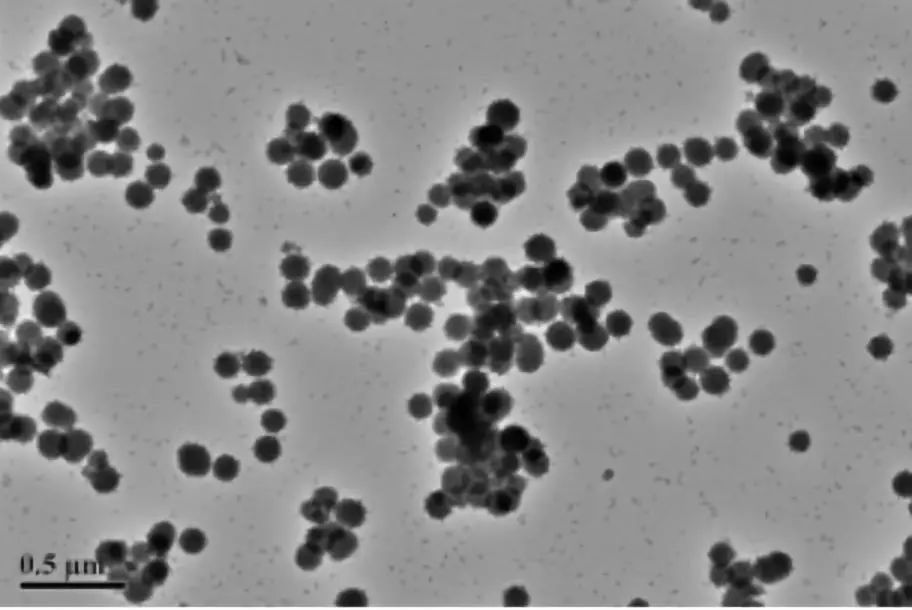Performance Characterization of Powder–Particle Size and Distribution

The characterization of powder mainly includes particle size and distribution, specific surface area, aggregate characterization, microscope structure analysis, component analysis, surface analysis, static characterization, surface wettability characterization and surface adsorption type, coating amount and coating Representation of coverage, etc. This issue briefly introduces the particle size and distribution of powder.
Powder is an aggregate of a large number of solid particles, which represents a state of existence of matter, which is neither different from gas, liquid, nor completely different from solid. Micropowder or ultrafine powder is generally a multi-particle aggregate with a particle size in the range of 100nm-10μm.
Composition characteristics of ultrafine powder:
1) Primary particles: Under the ordinary electron microscope, the magnification is increased, and only a single particle with a clear outline can be seen.
2) Secondary or high-order particles: multiple primary particles (solid or loose) aggregates (aggregates)
Particle Size (Particle Size) and Particle Size (Particle Size) Distribution
Particle diameter: Particle diameter or particle size—expressed in mm, μm, nm.
Spherical particles: the diameter of the particle is the particle diameter
Non-spherical particles: the equivalent diameter is the particle size (the particle size is when a certain physical characteristic or physical behavior of the measured particle is the closest to a homogeneous sphere (or combination) of a certain diameter, the diameter of the sphere (or combination) ) as the equivalent particle size (or particle size distribution) of the measured particles)
